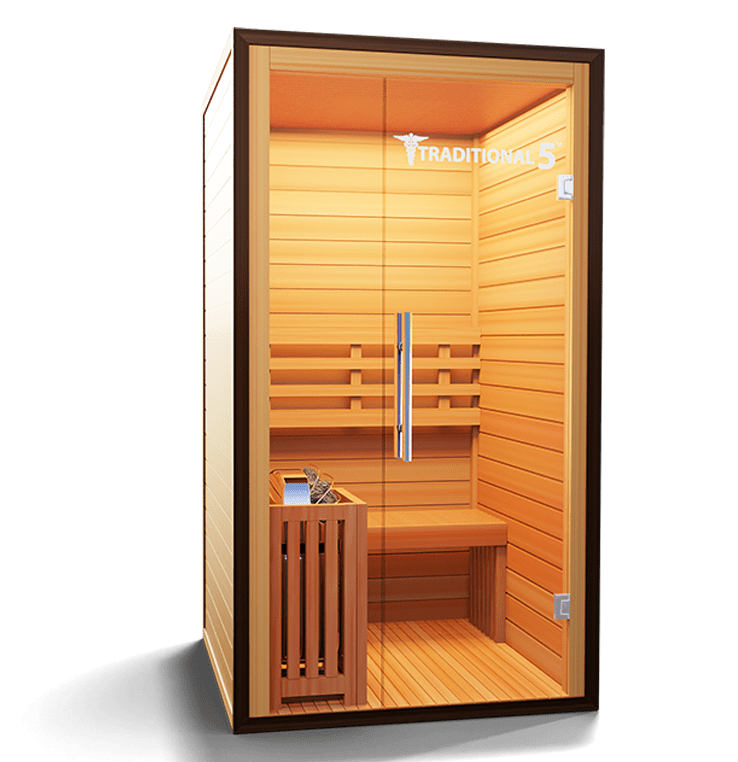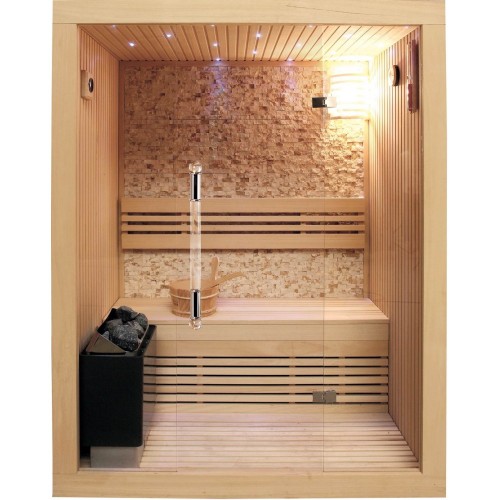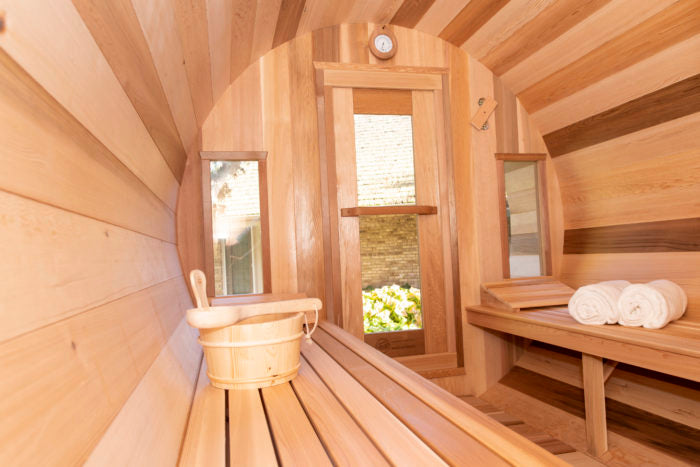The smart Trick of Traditional Sauna That Nobody is Discussing
The smart Trick of Traditional Sauna That Nobody is Discussing
Blog Article
Traditional Sauna for Beginners
Table of ContentsThe 45-Second Trick For Traditional SaunaThe Main Principles Of Traditional Sauna The Main Principles Of Traditional Sauna What Does Traditional Sauna Do?Get This Report about Traditional Sauna
A lot of the weight lost in a sauna is water loss and is re-gained upon rehydrating. Without a doubt sauna can be a vital part of a healthy weight loss program. To consider the differences between traditional and IR saunas, I will certainly separate these right into verifiable, theoretical, and produced differences.Hence, the most popular factor in the saunawhich goes to the ceiling directly over the sauna heateris commonly between 185 and 190 F. Claims that a conventional sauna goes beyond 200 F is just not real and not appropriate for electrical saunas offered in the US. The temperature level for a far-infrared sauna is generally established between 120 and 140 F; nonetheless, unlike the standard sauna, the goal in and IR space is not to achieve a high temperature level.
Due to this, the temperature distinction is practically unnecessary, because extreme sweating leads to both sauna kinds, but the approach of heating the body is various. In an IR sauna the bather will really feel warm and will sweat a lot, but at much reduced temperatures (Traditional Sauna). Hence, if the objective is to spend longer amount of times in the sauna, the IR sauna is a good option
When a traditional sauna has actually been properly heated up, the sauna wall surfaces are warm, the air temperature has actually achieved set temperature level and the rocks are super heated. As an intriguing side note, the heated wall surfaces and the rocks are releasing far-infrared warm, incorporated with the warmed air, to develop an "wrapping up heat".
All about Traditional Sauna

When the high temperature level is attained, the components cycle on and off to preserve the high temperature level. The majority of standard sauna individuals take pleasure in pouring water over the rocks to create vapor to raise sauna humidity degrees. The advantages of putting water over the rocks include: making the space more comfortable, dampening the nasal flows, and permitting the usage of aromatherapy by mixing vital oils with the water.

When the energy gets in the body, it triggers the body temperature level to increase and eventually results in sweating. In an infrared click here for more sauna it is necessary for the emitters/heaters to stay on almost regularly. Because there is no mass of rocks to preserve heat, the sauna will certainly cool down if the emitters turned Check Out Your URL off.
As mentioned above, the sauna bather in an infrared area wishes to position himself before running emitters to get maximum advantage from the warmth. The heating time for both areas can be very different, depending upon just how the rooms are utilized. For a traditional sauna, a bather ought to permit 30-40 mins for the room to accomplish a wanted temperature and to correctly pre-heat the rocks.
Getting The Traditional Sauna To Work
A well built sauna will normally attain a temperature level of 150-160 F in concerning 30-40 mins. For hotter temperature levels, the space might need to heat for a longer period.

Standard saunas tend to be bigger (for this reason use even more electrical energy) than infrared saunas, although traditional saunas are definitely available in one and 2 person dimensions as well. For a two-person conventional sauna, 5x6 or 5x7 size is most prominent. The leading bench can pleasantly seat two or 3 people and is likewise enough time to rest during the sauna session.
More About Traditional Sauna
The typical expense per kWH of electrical power in the united state is around $0.11, so a 4.5 kW heater will set you back approximately $.50 to run for one hour, if the heater runs continuously for one hour. Commonly a sauna heating unit will certainly run for 75% of the very first hour and 50% of succeeding hours on given that the components cycle once the established temperature level is attained.

There is a rarely talked about difference in the social experience between the two areas. While our culture has actually shed some of the social advantage of the traditional sauna experience, it can be really socially satisfying (Traditional Sauna). From household time in the sauna, to heart-felt conversations with substantial others, to sauna partiesthe standard sauna experience can lead to intimate socializing
Fascination About Traditional Sauna
Most higher end infrared spaces consist of colored light therapy, audio systems and full-glass fronts.
Report this page